South Africa has 12 significant islands as well as other smaller isles. Most of these are protected by the state, owing to the endangered flora and fauna. Others, such as Robben Island, serve as historical sites to teach future generations about the country’s past. Nelson Mandela, South Africa’s freedom icon, served his sentence here together with other freedom fighters. The Prince Edward Islands are a no-go zone because only researchers working on the site are allowed here. Also, in most of the small isles, tourists can only view the nesting seabirds from the comfort of a boat. If you’re planning a vacation in South Africa soon, there are plenty of luxury villas and eco-hotels for your accommodation needs. Islands in South Africa are a birdwatcher’s haven. Penguins, cormorants, gulls, and petrels, you’ll get to see them all up close. Continue reading to learn about the top islands in South Africa.
1. Jahleel Island
Editor's Note: There's no photo available at the time of writing
Located in South Africa’s Eastern Cape and close to Salnova, Jahleel Island is a small island that is part of one of the three islands located on St. Croix Island Marine Reserve. Jahleel Island attracts visitors with its world’s largest breeding colony of African penguins as well as due to its proximity to gorgeous beaches.
This lovely island boasts a height of less than 10 meters (32.81 feet) and is located less than 1 kilometer (0.62 miles) away from the eastern breakwater of Ngquru. Tourists can visit the nearby economic zone of Coega, which is located 3 kilometers (1.86 miles) away from the island.
2. Stag Island
Editor's Note: There's no photo available at the time of writing
Stag Island is located on the Eastern Cape of South Africa, just 1 kilometer (0.62 mile) away from the popular attraction of Bird Island Light House. Tourists can spot a range of magnificent birds, such as Cape gannets and penguins here. Nestled close to the hamlet Midfor, the island boasts humid and partly cloudy weather and has a terrain elevation of 2 meters (6.56 feet) above sea level.
The island is uninhabited and surrounded by other small islands, such as Addo Elephant Island and Seal Island.
3. Seal Island (from USD 386.0)
Seal Island owes its name to the thousands of Cape fur seals occupying the landmass. The island occupies an area of 5 ac (2.0 ha) and is located 5.7 km (3.5 mi) off False Bay. Nothing grows on the island - its surface consists of granite with no soil to sustain plant life. Access to this island is by boat from Hout Bay. The tour takes about an hour, and while you are at it, be sure to carry a good camera and take photos of the scenic harbor and of course, the seals. The sea can get quite rough at times, so be prepared for the journey.
Cape Town to Cape Point and Seal Island Full-Day Tour
Duration: 8 hours
You might be interested in these Airbnbs!
4. St Croix Island
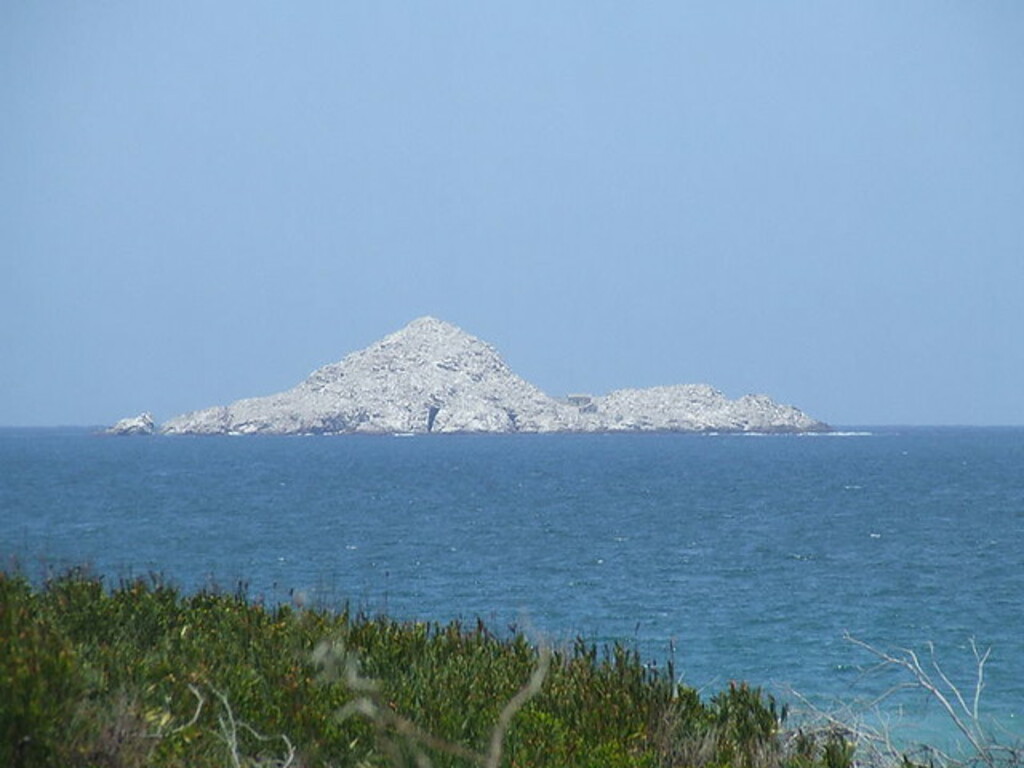
St Croix Island lies in Algoa Bay, off Port Elizabeth. It occupies 29 ac (12 ha) of land and consists of rocky outcrops, with some standing as high as 53 m (174 ft). Hundreds of African penguin colonies breed in St Croix, which is now a sanctuary for these creatures. Boat charters take tourists to the group of islands, but landing restrictions only allow the vessels to get close. From such a vicinity, you can see the penguins and take photos as memorabilia or share with friends and family on social media. The best time to visit is between March and May during the peak breeding season. You will also spot different dolphin species swimming in groups. January to June are the best months for spotting dolphins.
South Africa Tour Guide
Thabang Molefe
My name is Thabang Molefe, Director/ Owner of Tsalanang Travel & Tours. I’m a qualified National Tourist Guide in South Africa, born and breast fed in Johannesburg. I have worked in the sports & events industry where I discovered my passion for traveling, and later worked with some of the TOP destination management/operators in South Africa. I love meeting people, and exchangin... Read more
Tours by Thabang
South Africa Tour Guide
Jakes
Jakes is registered and accredited with FET Certificate Tourist Guiding. He is competent to advise clients on all essential aspects of travel in South Africa having passed the SA Specialist course from South African Tourism. As a good story teller, he makes any historical situation or site come to life; and this is what makes him to stand out as a knowledgeable and exciting guide. “I’m always a... Read more
Tours by Jakes
5. Marion Island
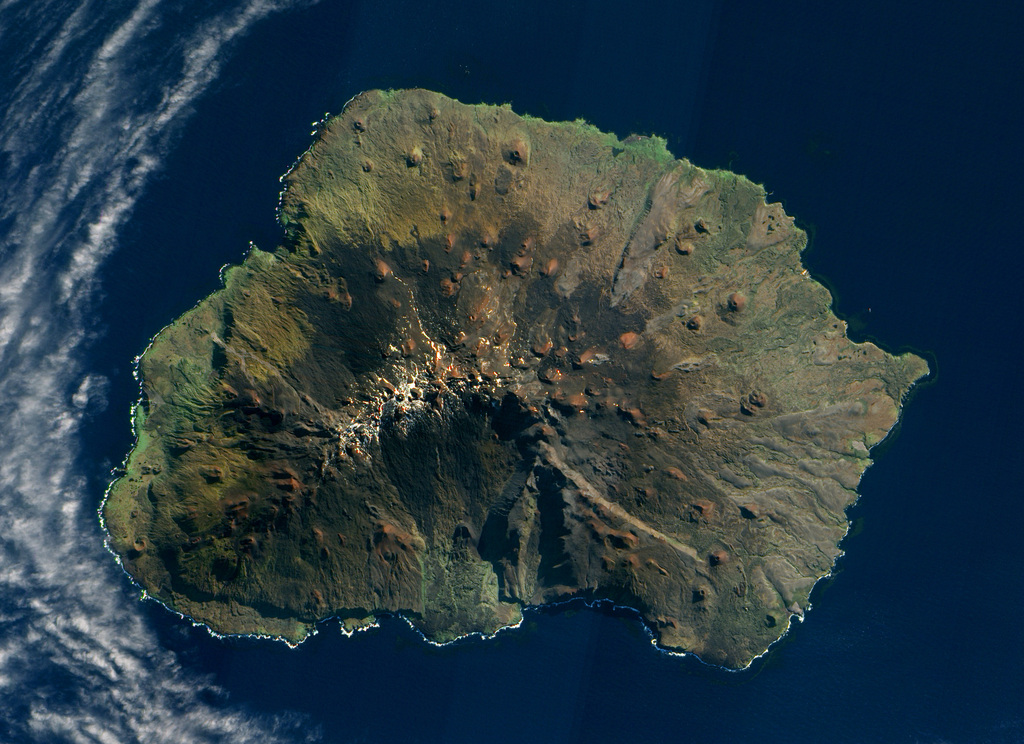
Marion Island is located at the southernmost tip of South Africa, 1,920 km (1,190 mi) to the south of Cape Town. The South African National Antarctic Programme has constructed permanent meteorological research stations on the island. Up to 12 researchers and technicians are on the island, where they reside for 14 months before being relieved. Besides meteorologists, other scientists at Marion research on plants, birds, and marine life. It is a great place to visit, with Southern elephant seals, fur seals, penguins, and albatross inhabiting the island. It experiences harsh weather, rain, snow, low temperatures, and strong winds. The island is not open to tourists, and only those on the research team visit Marion Island to onboard a research vessel. Relief teams also sail here, but on rare occasions.
6. Dyer Island
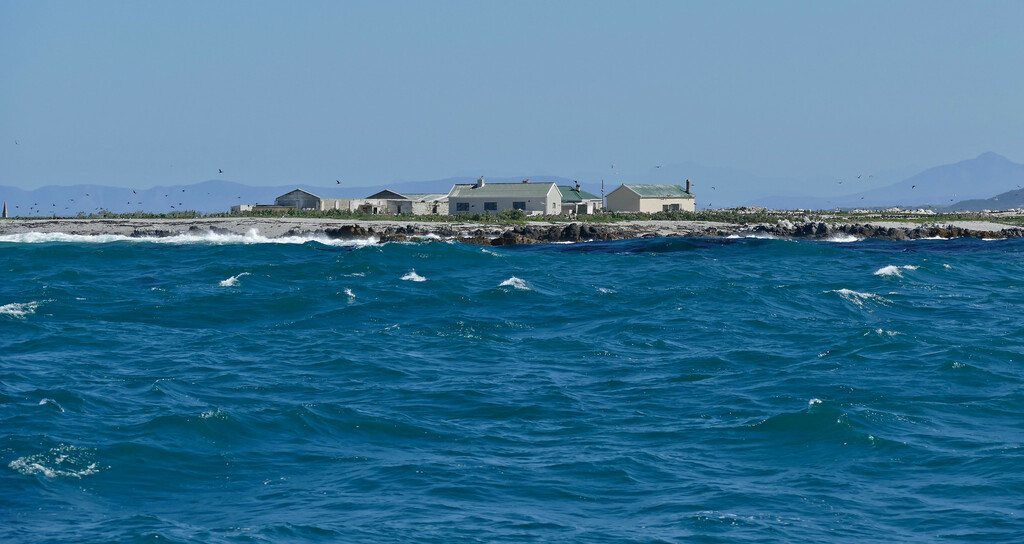
Dyer Island is located off Kleinbaai Harbor. It is a natural reserve occupying an area of 49.4 ac (20 ha). The reserve is classified as an Important Bird Area, making it one of the 112 such sites found in South Africa and among the 1,250 in Africa. Endangered birds that breed on Dyer Island include the roseate tern, bank cormorant, and the African penguin. The bird reserve is also a breeding ground for cormorants, petrels, oystercatchers, and gulls. As it is a restricted area, members of the public are not allowed on the island. However, through a guided tour, you can sail and get close to Dyer Island.
7. Malgas Island
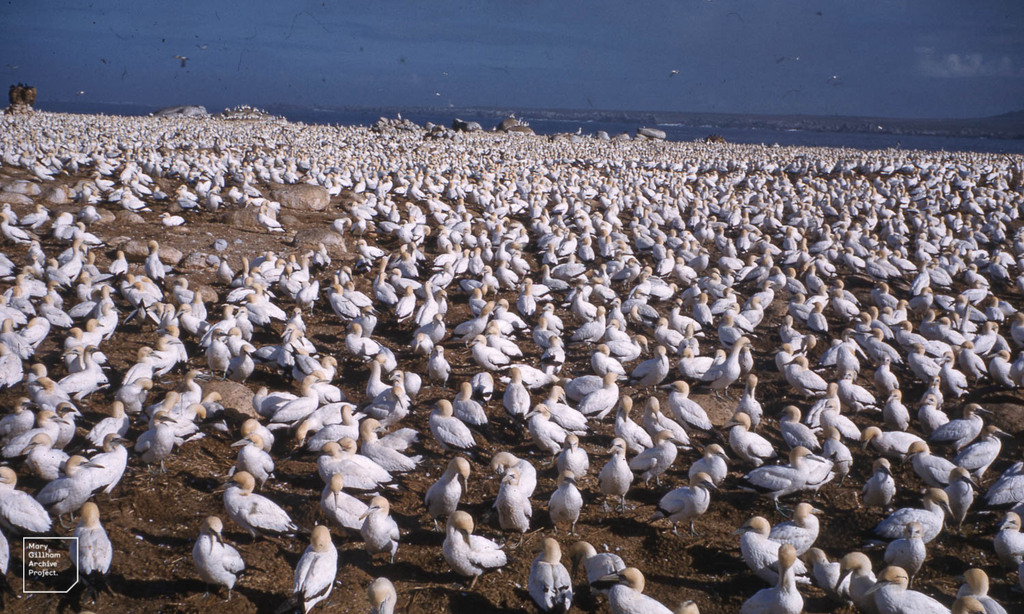
Malgas Island is a marine protected area in Saldanha Bay, about 800 m (2,624 ft) from mainland South Africa. It occupies a space measuring approximately 20.5 ac (8.3 ha) and is part of West Coast National Park. Most of its surface is flat while the island has a nearly rectangular shape. The highest point on the island is 9 m (29.5 ft) above the sea level. Adorning the surface are shallow soil patches, boulders, and smooth rock. Other elements include shell fragments, sand, and guano. Nesting Cape gannets, a seabird species, are the main occupants here. Amidst the gannet nests, you will find Cape and crowned cormorants. On the island’s periphery reside African penguins and gulls.
No matter how many islands are there in South Africa, Malgas Island is one of the most exciting for sure.
8. Duiker Island
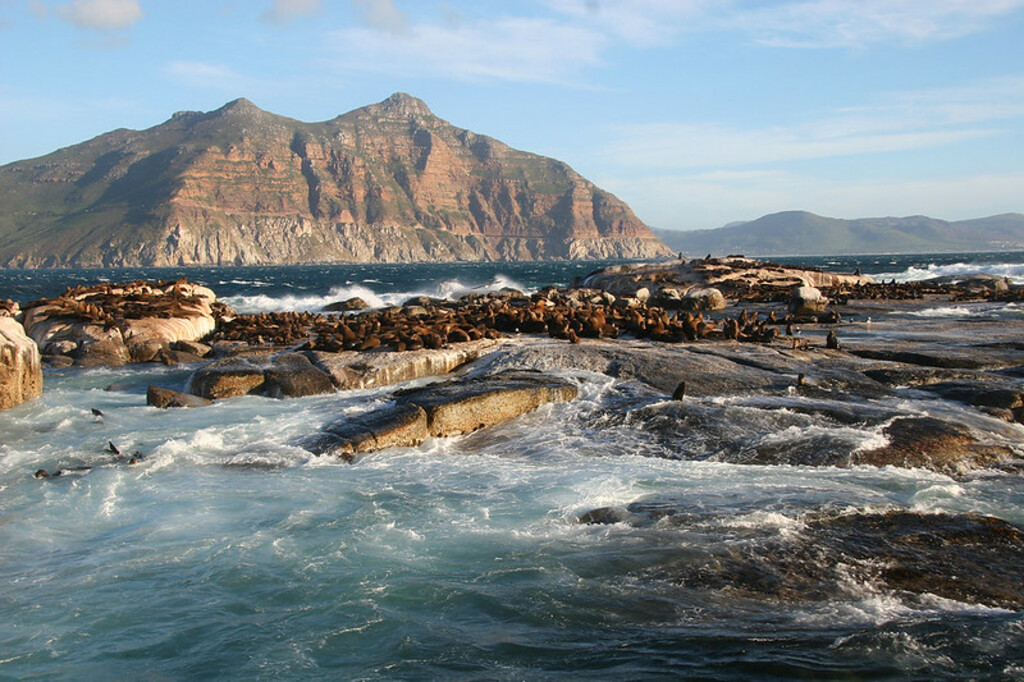
Duiker Island lies off Hout Bay, Cape Town. Cape fur seals and other species of seabirds inhabit the island. The only way to get here is by boat that departs from Hout Bay Harbor. The boat cruise takes one hour. From the island, you head to the Karbonkelberg mountain range and then proceed to Maori Bay, an area notoriously famous for past shipwrecks. Alternatively, you can opt for a shorter version of the cruise - lasting about 40 minutes, which sails from Hout Bay Harbor and heads straight to Duiker Island before sailing along Chapman’s Peak. Bay Harbor Market and the dock are nearby attractions you can visit. This is a famous island in South Africa for its surf spot in Dungeons located off the coast of Hout Bay.
9. Dassen Island
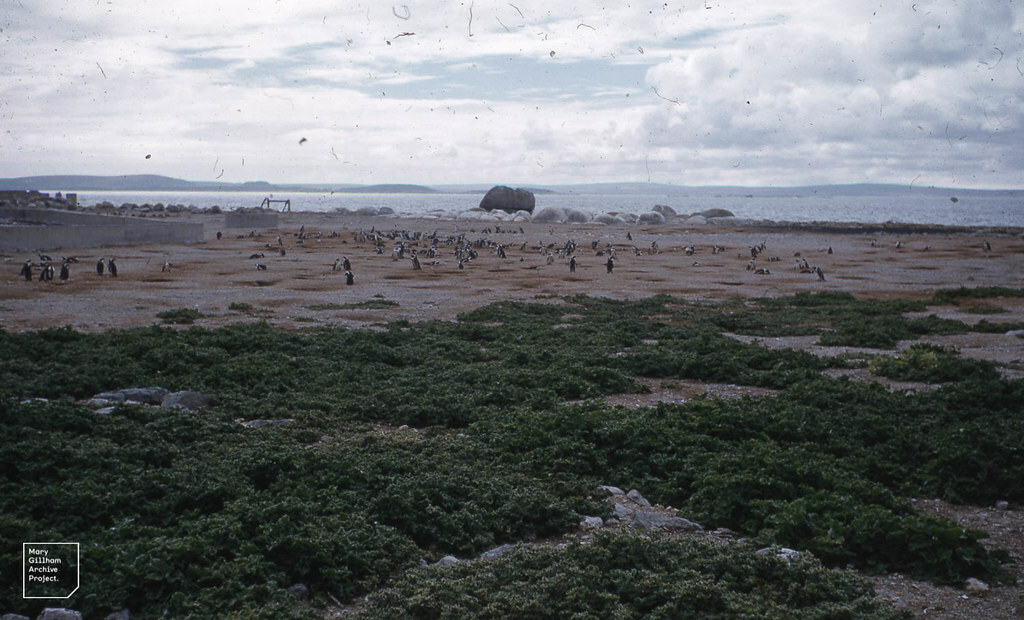
Dassen Island is an offshore island located 55 km (34 mi) north of Cape Town. The nearest town, Yzerfontein, is 9 km (6 mi) away. It occupies 675 ac (273 ha) of land and ranks second amongst the largest islands in South Africa. The island has a flat topography and is mainly sandy. However, few patches of bedrock exist while some sections have gigantic granite boulders scattered around. The island has a large population of wild rabbits as well as colonies of penguins, tortoises, and guinea fowl. Seabirds are the most significant inhabitants, and bird enthusiasts will enjoy identifying the species. The island is out of bounds to the public but you can view it using a pair of binoculars while on a boat cruise. Accommodation is available in Yzerfontein thanks to the presence of numerous cottages in the area.
10. Prince Edward Island
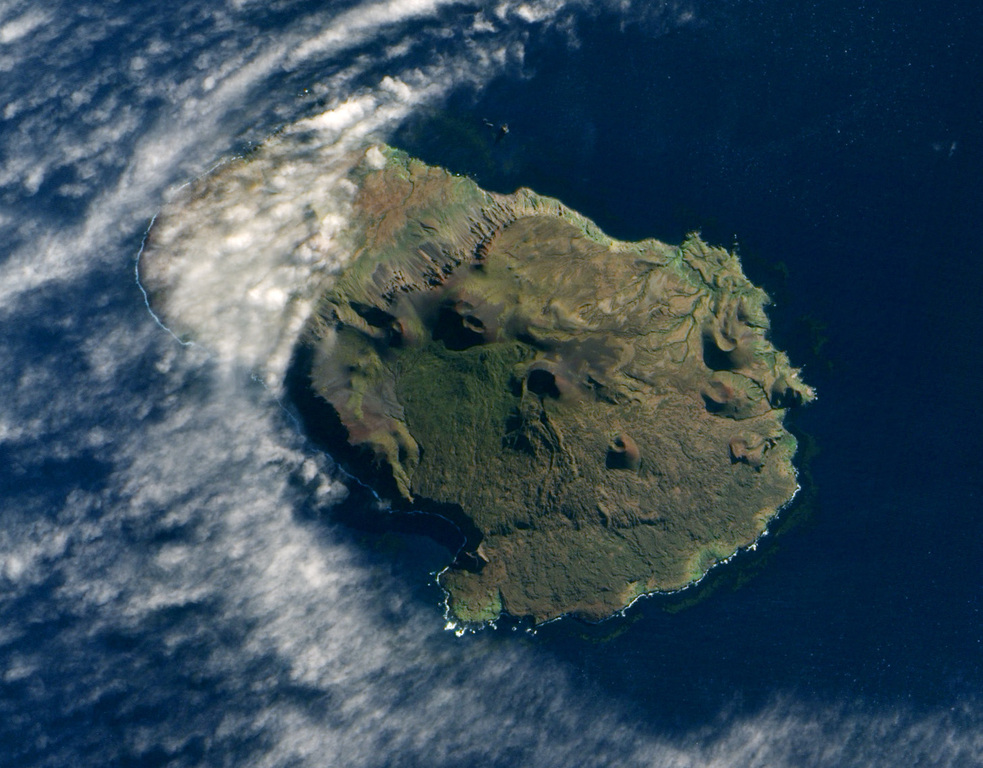
Prince Edward Island is the smaller of the two landmasses, namely Prince Edward and Marion Islands. It is located about 1,200 km (1,900 mi) from Port Elizabeth. Out of the two, Marion Island is the largest. It is protected by South African law, via a Special Nature Reserves declaration. This island sits on an active volcano that rises to a peak of 722 meters (2,370 feet), and the last volcanic eruption occurred in 2004. Prince Edward Island is barely habitable, owing to the harsh climate and heavy rains it experiences. The only human occupants are research teams stationed on the island.
11. Bird Island

Bird Island is in Lambert’s Bay, South Africa, and covers 7.4 ac (3 ha) of land. Crowned cormorants and Cape gannets breed on this island. Cape gannets lay eggs and hatch in only six places in the world, and Bird Island is one of them. Access to the island is on foot, owing to the breakwater that connects it to the mainland. However, you cannot go to the site under rough sea conditions. Other seabirds exist, so your knowledge of birds will come in handy. The dances by gannets during mating season is a sight you don’t want to miss.
12. Robben Island (from USD 33.0)

Robben Island almost requires no introduction. It is on this island that South Africa’s most celebrated freedom fighter, Nelson Mandela, was incarcerated. Getting to the island takes three to five hours via ferry. Upon disembarking, you will board a bus that takes visitors around all the historical sites. Along the way, you will come across a high-walled building with areas that lawyers and family members used during their visits to the prison. You will see the limestone quarry before coming to the Maximum Security Prison. Towards the end of the trip, you will be able to check out Nelson Mandela’s cell.
Robben Island Ferry and Prison Tour for Non-SA Citizens
Duration: 4 hour
Island adventures in South Africa
These top Islands around South Africa will leave you awe-struck, either from their scenic beauty or from the variety of bird species you’ll find here. Bring along your binoculars and camera to capture the rare moments. Also, before you sail to these destinations, ensure that you have eaten something to help prevent seasickness. Other than that, enjoy your time and appreciate the natural diversity. Be sure to check out the best beach holidays and safari tours as well!
History
Get Trip101 in your inbox
Unsubscribe in one click. See our Privacy Policy for more information on how we use your data












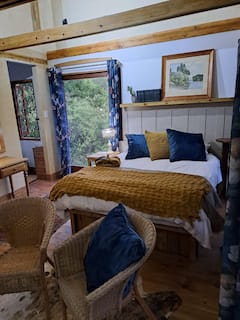
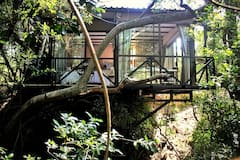
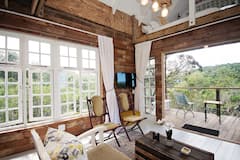
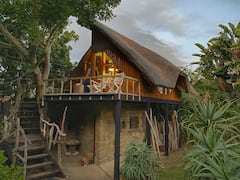
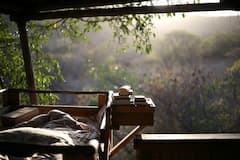
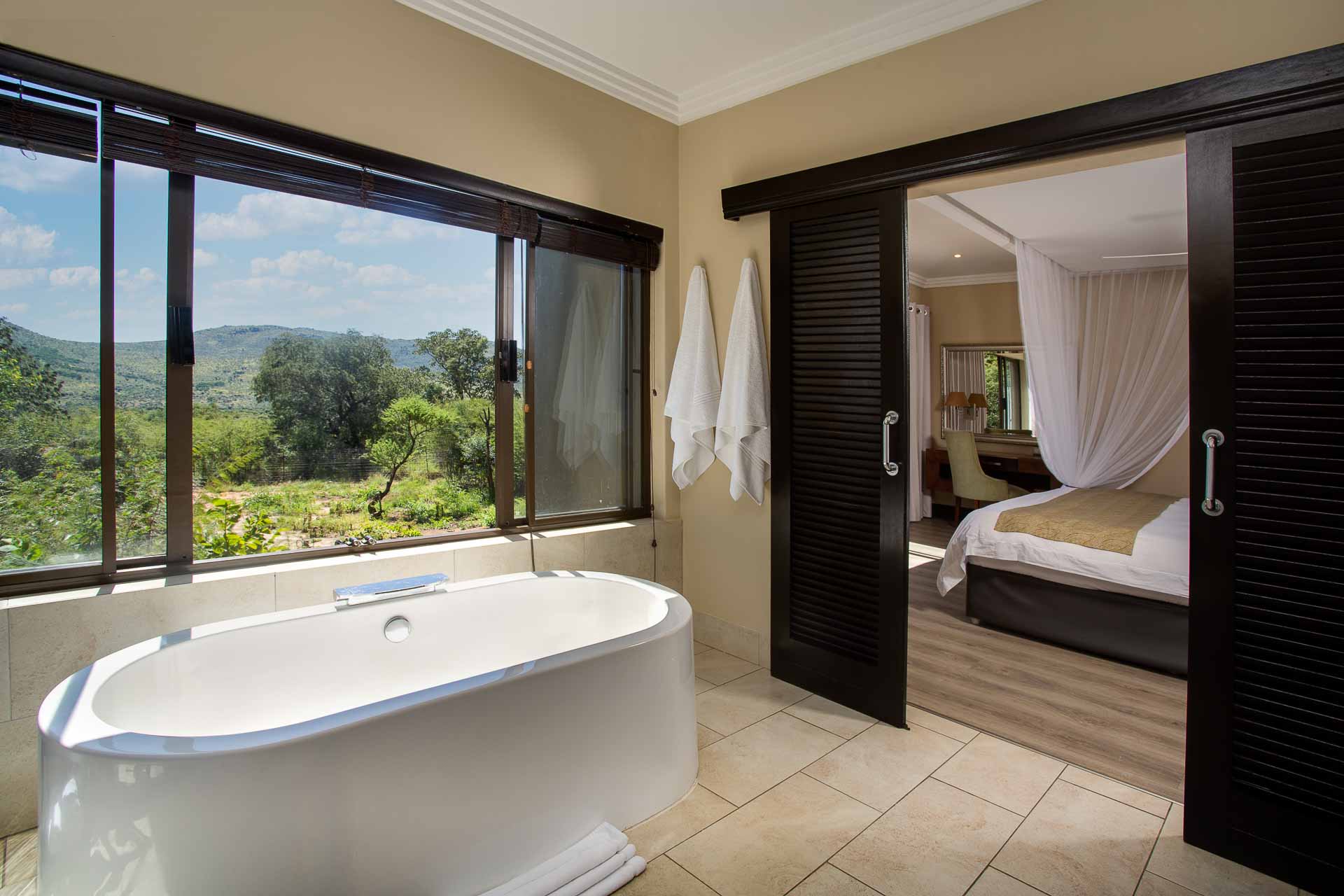
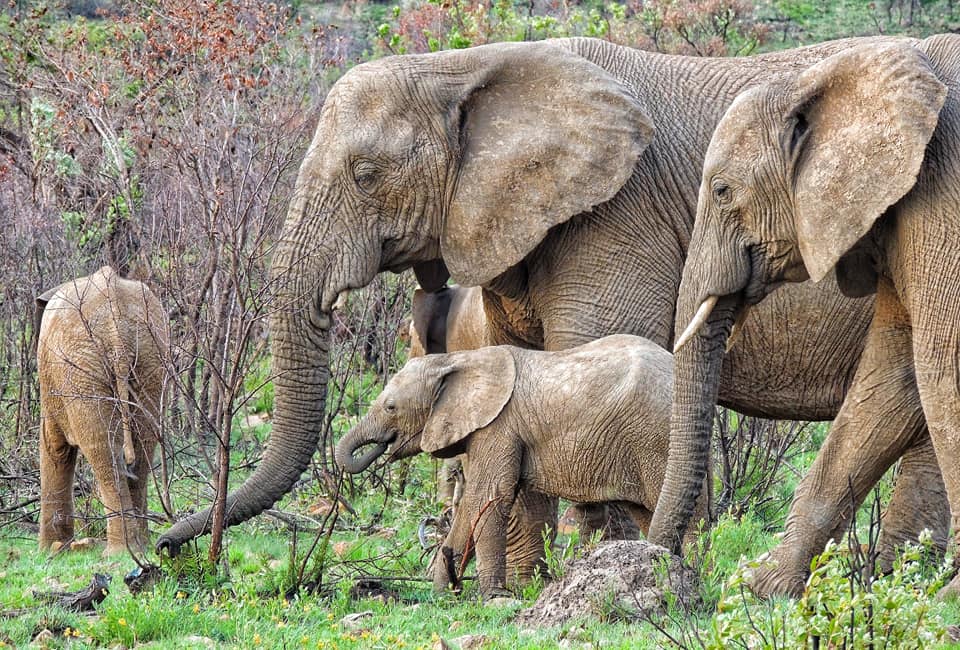
.jpg)
.jpg)













Create an account to